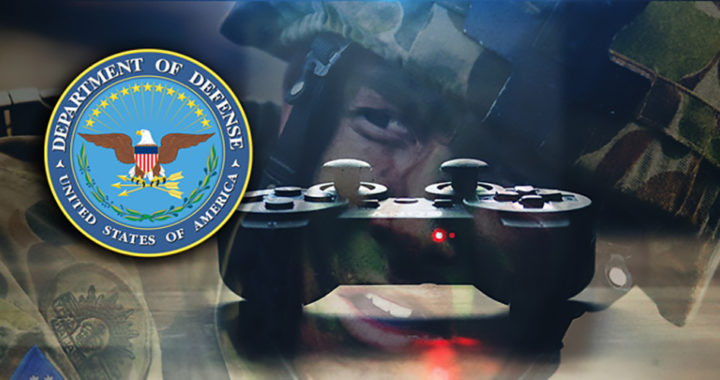Using video games for military training might sound far-fetched to those unfamiliar with how gaming works. Note that computers and gaming consoles have become more sophisticated over the recent decade. This has allowed the development of video games that are more realistic and immersive. Furthermore, although common perception regarding gaming remains controversial due to possible physical and mental health implications, research regarding the positive impacts of video games is changing the stereotypes.
Understanding the Purpose of Video Gaming in Military Training
The American government has considered video gaming as a strategic tool for bolstering national security by improving the performance and skillsets of army and navy officials and personnel. It has been an integral part of military training. Its Department of Defense has been running the Advanced Distributed Learning or ADL to carry out this specific initiative.
Note that the program centers on providing the U.S. military with access to the highest quality learning and performance tools tailored to particular needs and requirements. It generally responsible for researching, developing, and delivering next-generation learning technologies and learning environments. One of the products or services provided by ADL involves the use of video games to train military officials and personnel.
There are several sound reasons why the U.S. government has turned to video games for military training. A 2008 article by Pentagon correspondent Paul McLeary explained that ADL has been using a combination of commercial games and in-house video simulation tools to train the military in leadership, reaction, and war or battlefront scenarios.
Former ADL director Robert A. Wisher mentioned that commercial game titles like Cassandra, Doom, Corrosion, Peacemaker, and World of Warcraft are used in training exercises alongside in-house developed games. These multiplayer video games provide an immersive environment that promotes teamwork while mirroring several real-world scenarios.
A 2005 technical report from the Office of the Undersecretary of Defense for Personnel and Readiness by Curtis J. Bonk and Vanessa P. Dennen explained that online multiplayer video games replicate scenarios in the real world. These include the dynamic and decentralized online environments in military operations. The Department of Defense is able to explore the quality and speed of online decision-making through online games.
Another result from the report showed that video games allow trainers to identify the strengths and weaknesses of trainees. Different types of video games can address preferences for different learning styles. Determining weaknesses is important because it creates a feedback loop in which trainers can provide trainees additional training in problem areas.
Positive Effects of Using and Playing Video Games in Training the U.S. Military
Several studies have demonstrated the positive impacts of video gaming on cognitive and perceptual abilities of individuals. One study showed that gamers who play action-packed and fast-paced games have greater visual performance and prediction capacity than those who play non-action games. Another study concluded that gamers see the world differently than non-gamers and are better able to make the most appropriate decisions from available information.
Research from the U.S. Department of Defense also revealed that gamers perform 10 to 20 percent better in perceptual and cognitive abilities than non-gamers. These gamers also have longer attention spans and a more expansive field of vision. The creation of ADL indicates that the U.S. acknowledges the benefits that come from training using video gaming.
The U.S. Department of Navy has also acknowledged the importance of video games in training navy personnel. Ray Perez, the former program officer at the warfighter performance department of the Office of Naval Research, noted that gamers make better soldiers and showed that video gaming help trainees become better thinkers and problem solver.
Other military organizations have also used video gaming for military training. Members of the North Atlantic Treaty Organization or NATO working group held a video-gaming session arranged by the U.S. Department of Defense in 2006. They played Battlefield 2. This video game title simulates urban warfare in a desert-like terrain. This gathering showcased how video games not only help in fostering teamwork but also in motivating trainees.
A commentary by Derek Caelin of the Institute for Public Diplomacy and Global Communication noted that video gaming coincides well with the ethos of the U.S. Department of Defense on a mechanical level. This is because video games often revolve around competition, cooperation, and the achievement of goals. These concepts are are the core the U.S. military.
FURTHER READINGS AND REFERENCES
- Bonk, C. J. and Dennen, V. P. 2005. Massive Multiplayer Online Gaming: A Research Framework for Military Training and Education. Advanced Distributed Learning, Office of the Undersecretary of Defense for Personnel and Readiness. Available via PDF
- McLeary, P. 2008. “Robotic Vehicles Gain Greater Use.” Aviation Week Network. Available online
- Public Diplomacy. 2012. “More than a Game: The Defense Department and the First Person Shooter.” Smart Power. Institute for Public Policy and Global Communication. Available online
